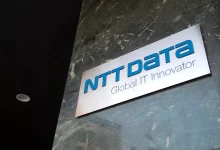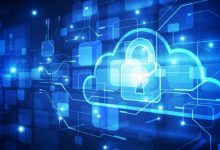Cybersecurity in the Age of Hacking: How to Stay Protected
In today’s digital era, where information is constantly being shared and stored online, the importance of cybersecurity cannot be overstated. With the ever-increasing threat of hacking, it is crucial for individuals and organizations to stay protected and maintain their privacy and data integrity. In this article, we will explore some effective measures to safeguard against cyber threats and stay one step ahead of hackers.
First and foremost, it is essential to use strong, unique passwords for all online accounts. Many individuals tend to reuse passwords across multiple platforms, which greatly increases the risk of being hacked. By using a password manager, you can generate and store complex passwords that are difficult for hackers to crack. Remember, a strong password consists of a combination of letters, numbers, and special characters, and should not be easily guessable.
Another critical aspect of cybersecurity is keeping all software and operating systems up to date. Developers are constantly releasing security patches for vulnerabilities and bugs that hackers could exploit. By regularly updating your software and operating systems, you ensure that you have the latest security measures in place, making it harder for hackers to gain access to your device or network.
Educating yourself and your employees about common cybersecurity threats is crucial. Hackers employ sophisticated techniques like phishing and social engineering to trick individuals into revealing sensitive information. By learning how to identify suspicious emails, fake websites, and malicious links, you can protect yourself and your organization from falling victim to such scams.
Utilizing antivirus and anti-malware software is another effective measure against cyber threats. These programs help detect and remove malicious software that could compromise your devices or networks. It is important to regularly update these software programs, as new threats emerge daily.
Implementing two-factor authentication (2FA) adds an additional layer of security to your online accounts. With 2FA, you are required to provide a second form of authentication, such as a fingerprint scan or a unique code sent to your mobile device, in addition to your password. This extra step drastically reduces the chances of unauthorized access, making it much more difficult for hackers to compromise your accounts.
Backing up your data is crucial in case of a cyberattack or system failure. Regularly creating backups of your important files and storing them offline or using cloud-based backup services ensures that you can recover your data in the event of a breach or any unforeseen circumstances.
Furthermore, being cautious when using public Wi-Fi networks is essential. Public Wi-Fi hotspots are often unsecured, making it easy for hackers to intercept your data. Avoid accessing sensitive information, such as online banking or personal emails, when connected to public Wi-Fi. If necessary, use a virtual private network (VPN) to encrypt your internet traffic and ensure your online activities remain private.
Finally, staying informed about the latest cybersecurity trends and best practices is crucial. Cyber threats are constantly evolving, and it is essential to keep up with the latest security measures and technologies. Regularly reading cybersecurity blogs, attending webinars, and participating in workshops can help you stay informed and adapt to emerging threats effectively.
In conclusion, in the age of hacking, ensuring cybersecurity has become an absolute necessity. By following these best practices, such as using strong passwords, staying up to date with software updates, educating yourself about common cyber threats, utilizing antivirus software, implementing two-factor authentication, backing up data, being cautious with public Wi-Fi, and staying informed about the latest trends, you can significantly reduce the risk of falling victim to cyberattacks. Remember, cybersecurity is an ongoing process, and it requires constant vigilance and adaptability to protect yourself and your digital assets.





